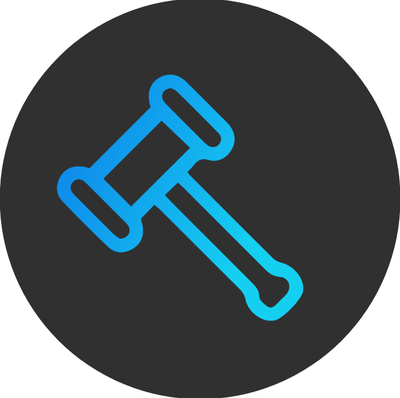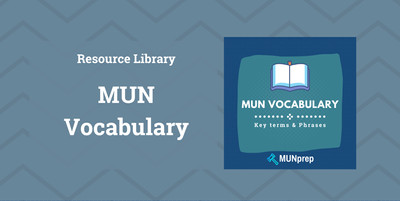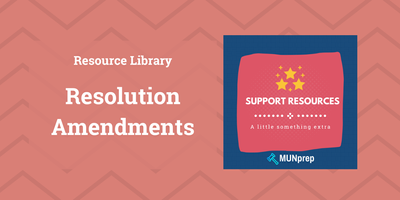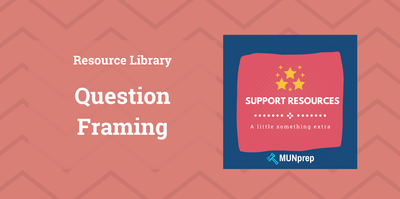MUN Conference Packing List
Be prepared for anything at your next MUN conference! This guide covers essential binder materials and extra items to keep you organized, professional, and ready to excel
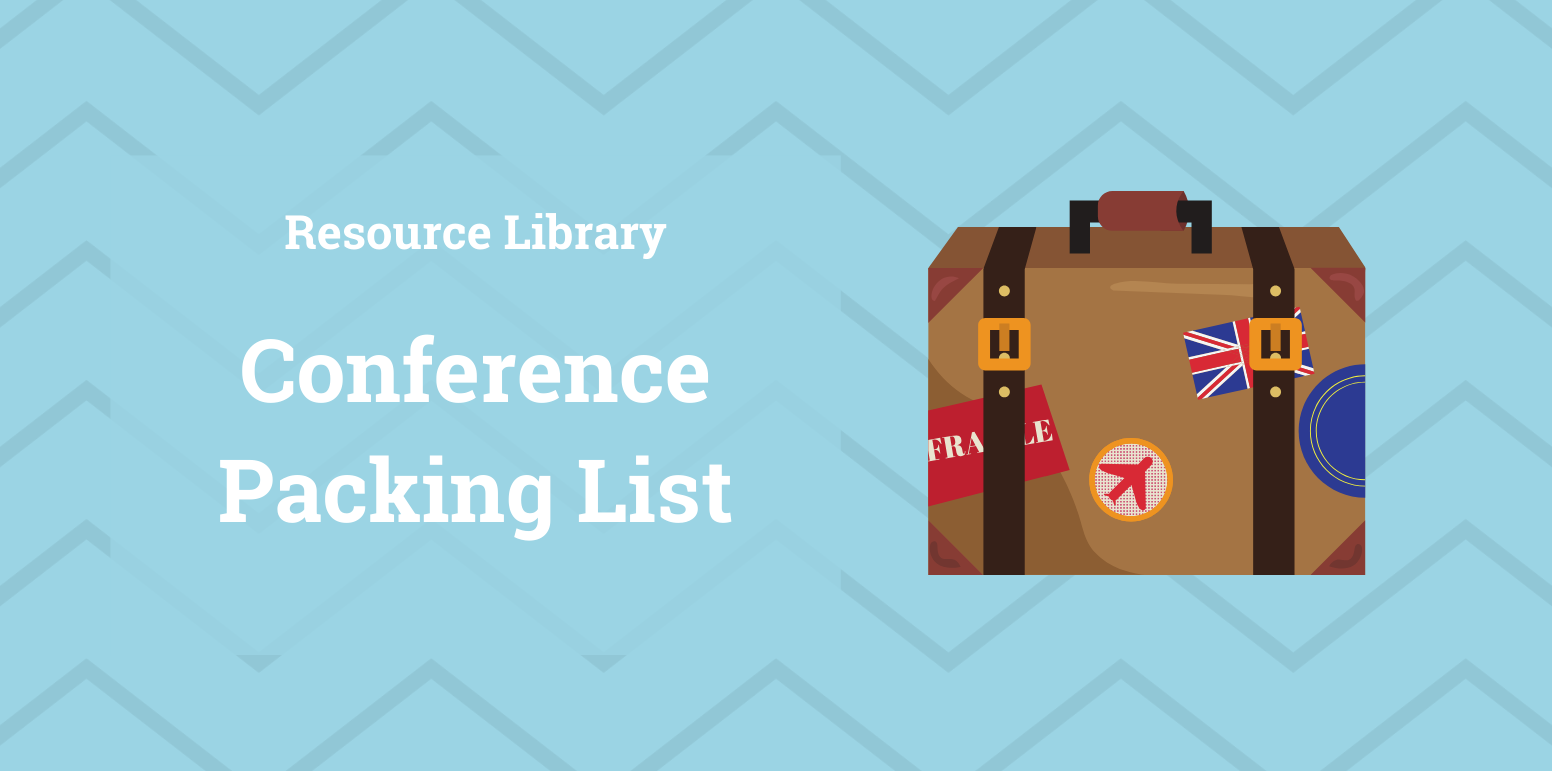
What to Bring with You to Your Conference – Building Your Binder (and Beyond)
Being prepared for a Model UN conference involves more than just knowing your country’s position. Bringing the right materials can significantly enhance your performance and ensure you’re ready for anything. Here’s an expanded and more comprehensive packing list for MUN delegates, covering both essentials for your binder and supplemental items to ensure success.
Binder Essentials
1. Background Guide
- Purpose: Contains key information about the committee’s topics, history, and possible questions.
- How to Use It: Highlight and annotate key points, focusing on areas relevant to your country’s position. Keep it in a clear sleeve for quick reference.
2. Position Paper Copies
- Bring multiple printed copies to share with the chair and other delegates.
- Keep a digital version on a password-protected flash drive for quick edits.
3. Opening Speech – Annotated
- Use the Ladder Method to break it into key points for logical delivery.
- Include emphasis marks and timing notes for maximum impact.
4. Research Summary
- Divide into sections: country profile, issue overview, position, allies/opponents, and relevant data/statistics.
5. Speech Snippets
- Pre-write supporting arguments, counter-arguments, and calls to action.
- Keep them concise and adaptable for various debate scenarios.
6. Drafting Tools
- Spare Paper: For notes, amendments, and informal communication.
- Sticky Notes: For marking key sections.
- Highlighters and Pens: Essential for annotations and drafting.
7. Backup Plans
- Develop alternative solutions and strategies that align with your country’s policies but remain flexible.
- Include compromise points to facilitate collaboration.
8. Reference Materials
- Rules of procedure guide.
- Excerpts from the UN Charter.
- A glossary of key terms and acronyms.
- Past resolution examples for inspiration.
Additional Items for Success
1. Password-Locked Flash Drive
- Store all digital documents securely to prevent unauthorized edits or submissions.
- Ensure it’s unlocked when handing over files to the chair.
2. Power Cords and Portable Charger
- For both your laptop and phone. A dead device can halt research and communication.
- Lending a charger can also build goodwill with other delegates.
3. Snacks
- Nutrient-dense snacks like Clif Bars, trail mix, or granola bars.
- Store them in a resealable bag to prevent melting or mess.
4. Backup Tie or Accessories
- Bring a spare tie, blouse, or shirt in case of spills or wardrobe malfunctions.
- Consider packing a lint roller or stain-removal pen for emergencies.
5. Crisis Notes
- After the first session, start drafting crisis arcs and notes. These should be detailed but flexible to adapt to changing committee dynamics.
6. College-Ruled Notebook
- For clear, legible writing when drafting resolutions or notes for the dais.
- Neatness is key—illegible resolutions may be rejected.
7. Watch
- Use a watch to manage your time effectively without relying on your phone.
- Helps ensure you maximize your speaking opportunities and stick to time limits during speeches.
8. Gum or Mints
- Keep your breath fresh during lobbying sessions. Stick to classic flavors like mint or cinnamon.
- Avoid chewing gum during speeches—it looks unprofessional.
Personal and Practical Extras
1. Western Business Attire (WBA)
- Pack a full set of professional attire, including comfortable but formal shoes.
- Ensure your clothing fits well and adheres to the dress code.
2. A Notebook for Committee Notes
- Ideal for keeping track of points raised during debate or for drafting questions.
3. Hydration and Snacks
- Bring a reusable water bottle to stay hydrated throughout the day.
- Keep snacks handy for quick energy boosts.
4. Business Cards
- If you’re in a leadership role or attending as part of a delegation, bring business cards to network with other delegates and chairs.
Organizing Your Binder
- Tab Dividers: Separate each section for easy navigation.
- Clear Sleeves: Use for position papers, the background guide, and key research summaries.
- Index/Table of Contents: Create a simple overview of the sections in your binder.
- Highlighting and Annotating: Use different colors for priorities, allies, and opposing viewpoints.
- Digital Backup: Store all documents on a flash drive or cloud storage as a precaution and to share with other delegates.
